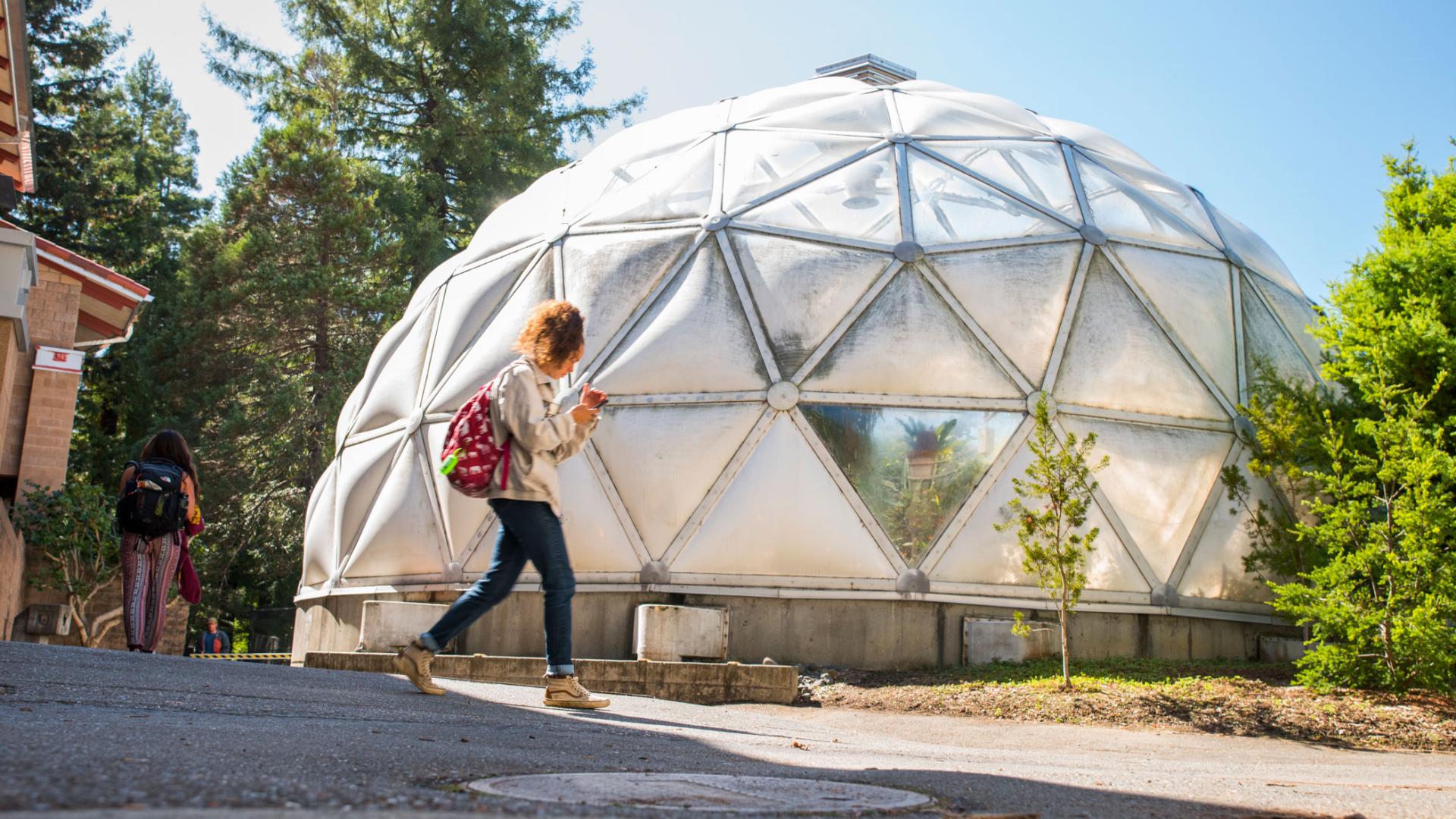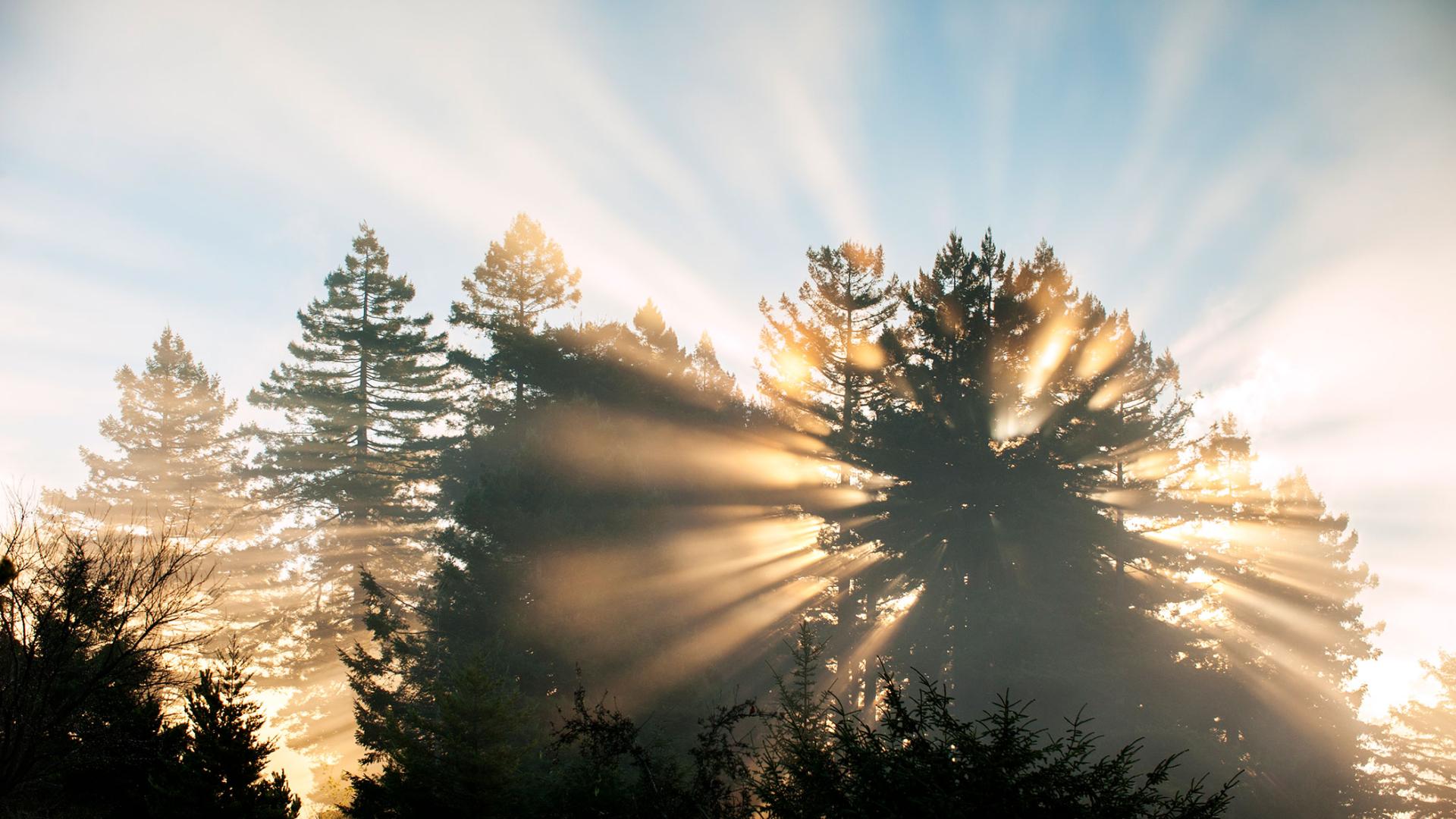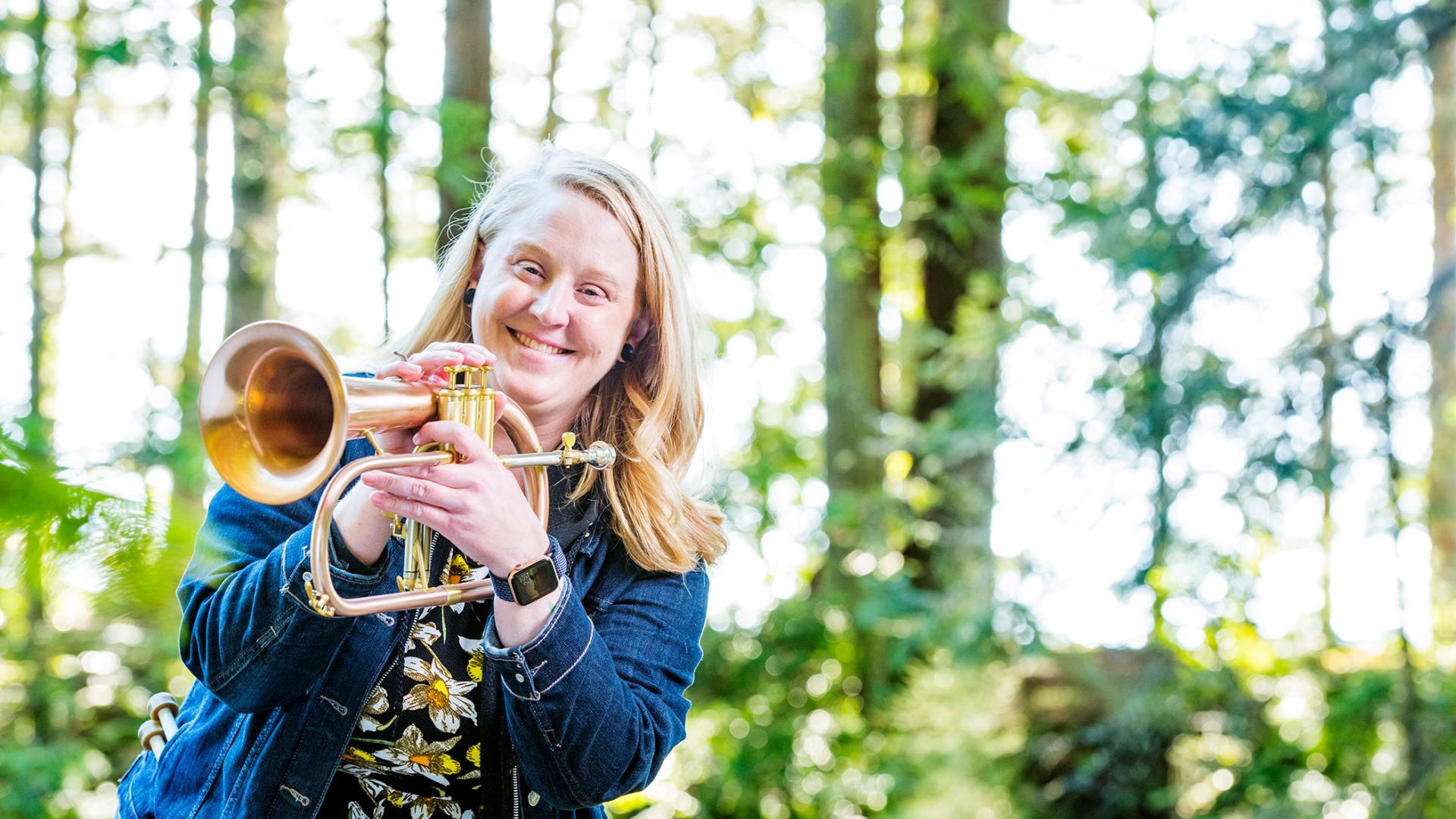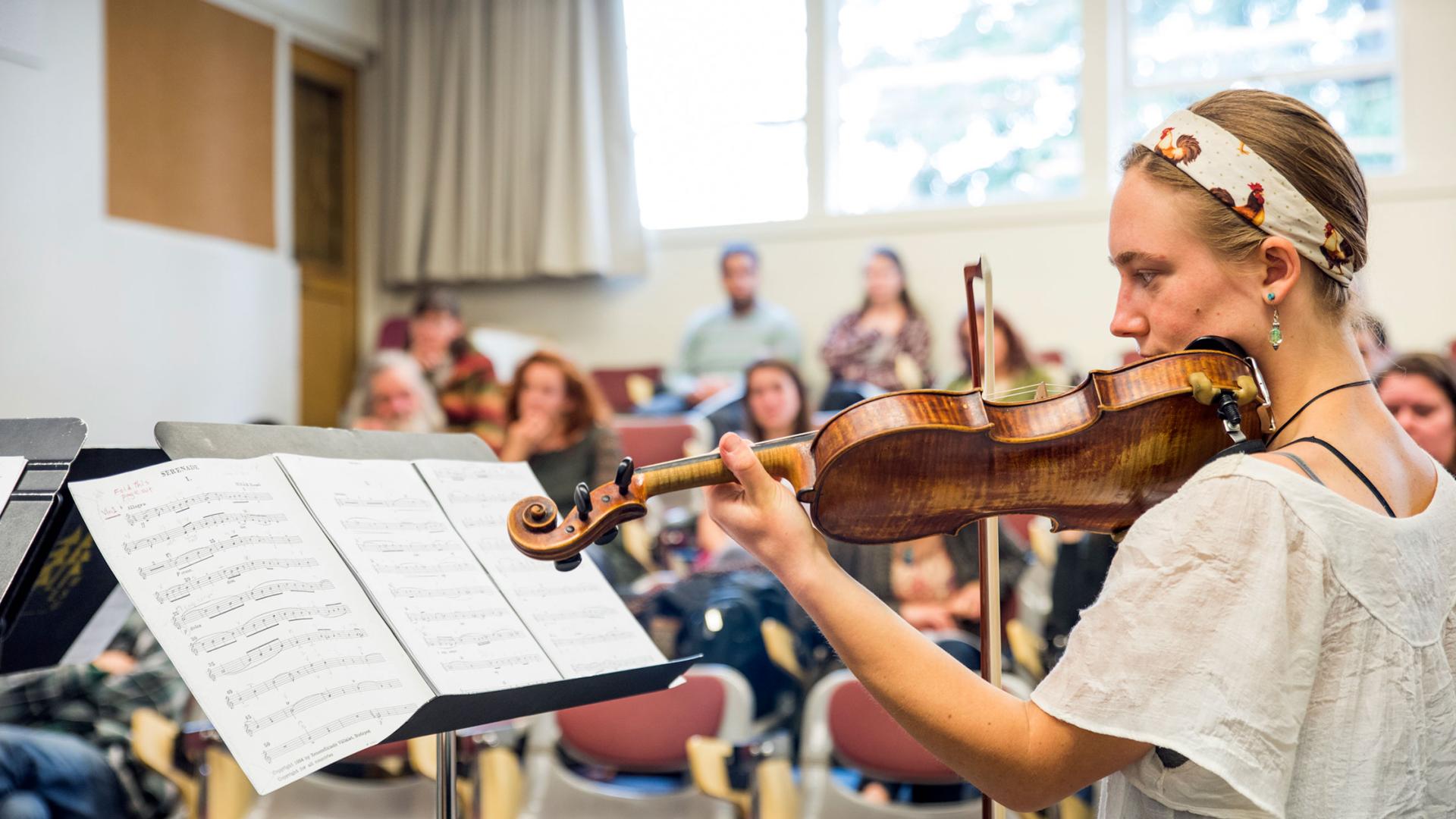Critical Agriculture Sustainable Student Farm
This project will serve students in the emerging Critical Agriculture Studies major and the wider university community. The project will fund some initial infrastructure, including two polycarbonate greenhouses, a rainwater catchment system and a vegetable washing station. A part of this project is the ‘Cotton & Collards: A Black Plant Relationships Initiative’ which focuses on two plants central to the history of Black people in the United States.
University Forest Carbon Inventory
Cal Poly Humboldt is the owner of an 888-acre forest in Jacoby Creek. This forest contains an unknown amount of carbon stored in its trees, which it captures through a process known as sequestration. In 2022, a pilot program (originally called the Jacoby Creek Carbon Inventory) was launched to quantify the carbon present in this forest. The SHIFT Committee originally allocated $61,453 to this effort in the 23-24 AY which resulted in the training of 14 new students and the completion of approximately 30% of the forest inventory.
Returning Good Fire to Wiyot Plaza
The Native American Studies Department’s Rou Dalagurr Food Sovereignty Lab and Traditional Ecological Knowledges Institute, Cultural Fire Club, and the NAS Department are leading Returning Good Fire — an Indigenous-led rematriation project restoring cultural burns on California’s North Coast. Guided by cultural fire practitioners and Indigenous students, the project supports habitat restoration, revives culturally significant plants, conserves water, and trains future Indigenous firekeepers.
Climate Resilient Landscaping
The Climate Resilient Landscaping Project aims to demonstrate the integration of resilience science into landscape management and design for a university campus. We define climate resilient landscape as a design, installation and maintenance process that sustains biodiversity, enhances ecological functions, and honors the indigenous cultures of our bio-region, all while meeting campus aesthetic needs, Grounds department capacity, and despite the multiple stressors anticipated for our climate constrained future.
Campus Food Forest
Image courtesy of Permaculture Action NetworkThis project proposes researching food forests and permaculture and looking into ways to implement them into communal food security for campus and/or surrounding communities.
Green Space Pocket Prairies
This project proposal seeks to take a radical approach to landscaping by establishing guiding principles that challenge human-centric relationships with the “landscape”. The selected preliminary sites for this project were regions that have been proven difficult to maintain as lawns, making them ideal for this conversion. These areas are difficult to access with equipment, have smaller/more irregular shaped lawns, and where leisure would not be preferred (damp and shady).





